Wednesday 16th April 2025, Hurst Wood
Hurst Wood is a private house on the outskirts of All Stretton surrounded by land, including gardens, extensive grasslands, conifers and oak woodland. A small stream runs through a part of the site.
After the extended dry, sunny and occasionally hot period of weather, the day of this visit was a shock.
It did not rain, other than a light five-minute apology for a shower, but the wind was bitter.
Needless to say, some of us had been lulled into a false sense of security and had cast several layers of clothing in APRIL.
In my case the most important cast was gloves.
My fingers were numb within 15 minutes of starting out and they did not fully recover their feeling until we were indoors for lunch.
But we soldiered on.
We started in the grassland closest to the house.
This is on a serious slope as can be seen from this photograph.
However the contours and bushes provided some respite from the icy breeze.
Our initial finds were all ladybirds.
The first was one we find very rarely, an 18-spot ladybird. It is generally associated with Scot’s pine, which is where this one was found.
The second was another one we do not find very often, another species found on conifers, especially Scot’s pine, Scymnus suturalis.
The third was a Pine ladybird. Despite its name it is found in a range of habitats, not just pine trees.
The area of grassland we were in is well populated with Broom and in amongst it a scarce parasitic plant has grown, Greater broomrape. Unfortunately it was not in flower but the remains of last year’s were present.
Another plant that we do not find very often was Moschatel.
This is also called “Town hall clock” after the structure of its flower which resembles the four faces of a clock tower.
And on some of the leaves of the Moschatel we noticed lots of little black dots.
This is a fungal rust, Puccinia adoxae, that affects this species of plant.
On the subject of rusts, we found another, this time on the leaves of violets. It is Puccinia violae.
This is the rust on the top surface of the leaf.
And the underside.
We spent the whole morning investigating this sloping grassland whilst trying to stave off frostbite.
Here area a couple of other finds.
A pseudoscorpion.
And the larva of a Green-brindled crescent moth.
One of the group went off on a adventure. He ventured into the garden and started searching the trees and bushes that it contained. In one Scot’s pine he found two shieldbugs.
The first was a Birch shieldbug.
And the second, a nymph of a Forest bug (or Red-legged shieldbug, if you prefer).
We were invited inside the house to have our lunch, which allowed us to thaw out and get full feeling back into our extremities.
Over lunch I discussed the representation of common names with my retrospective Proof Reader.
The instruction given to me when penning early articles about invertebrates was that common names were always given in lower case, e.g. small white.
Clearly this is ambiguous as it may refer to the species of a butterfly or it may be descriptive of the size of any white object. To overcome this I have adopted the convention of capitalising the first part of the common name, e.g. Small white.
However, I was being persuaded to should capitalise each word, e.g. Small White.
Having checked the species dictionary maintained by the Natural History Museum I have noted that the common name given is capitalised, e.g. Small White.
So, henceforth, I will try to adopt this convention.
Please excuse any slip-ups.
Our conversation was interrupted by “Who would like some Lemon Drizzle Cake?” (Should I have used capitals?)
The response was a resounding “Yes, Please”.
It was very good.
Lunch over we moved to a the part of the grassland through which a small stream flowed.
On our way to that area we took in the view of Caer Caradoc.
Here we did our usual things but very little that we had not found before presented itself to us. What we did encounter were:
A Nomada bee;
A fly, a member of the Anthomyiidae family, that may be Hylemya vagans;
And another ladybird, this time a Larch Ladybird.
That brought our day to an end.
We made our way back to the cars and home.
My thanks to the owners for granting us permission to do what we enjoy doing and their wonderful hospitality. My gratitude to the photographers for their excellent images and allowing me to use them in this report.

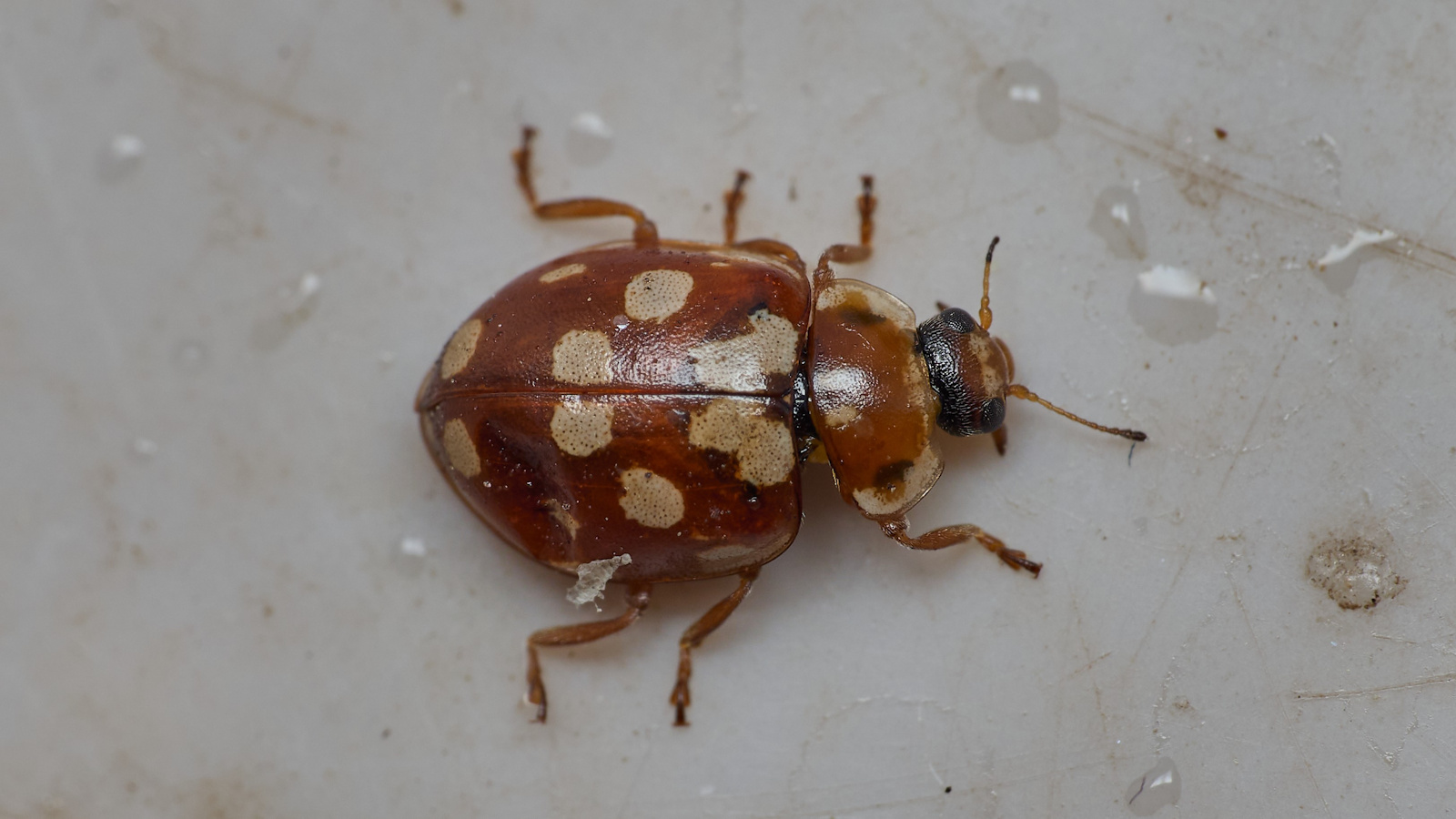




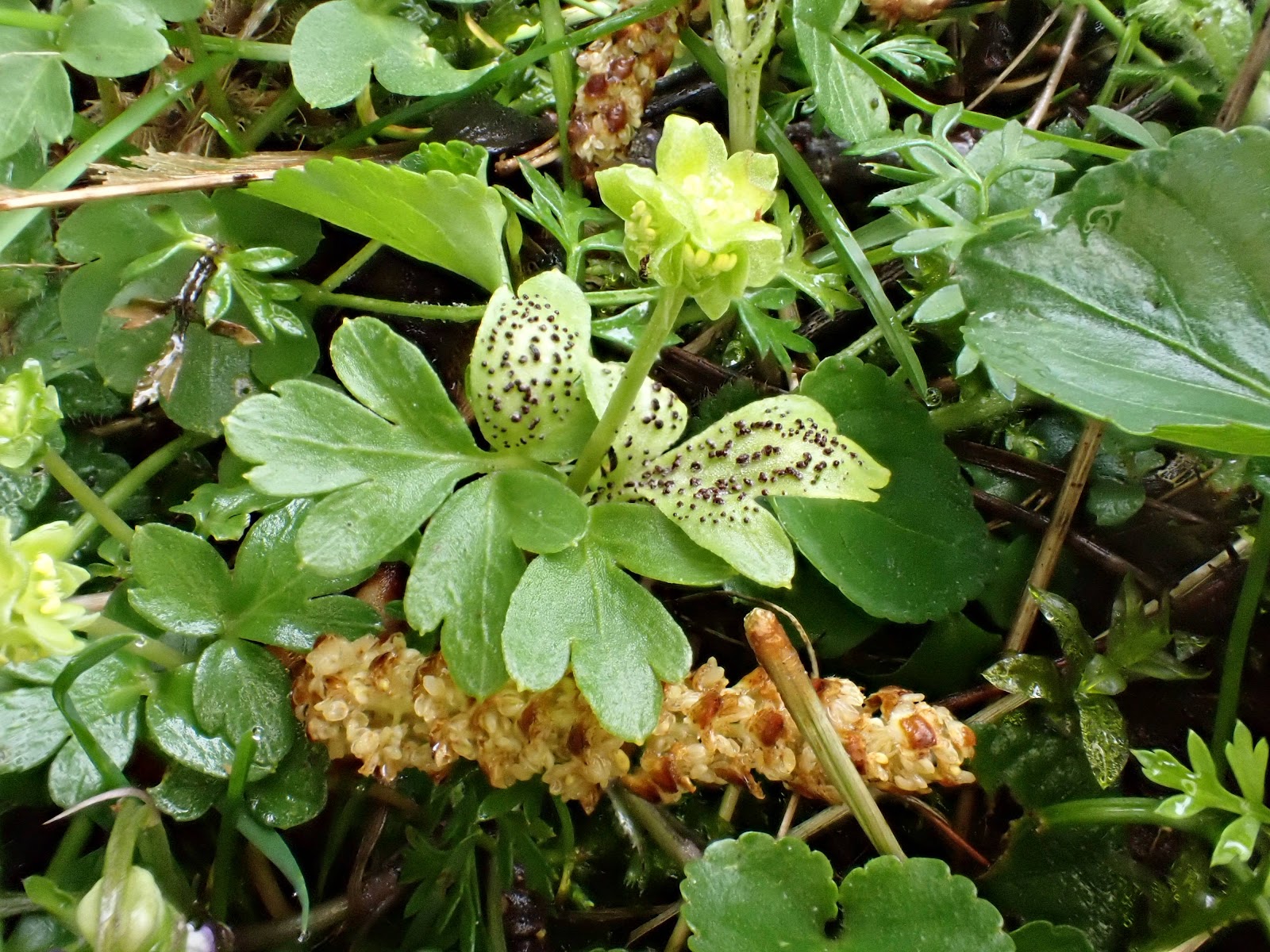



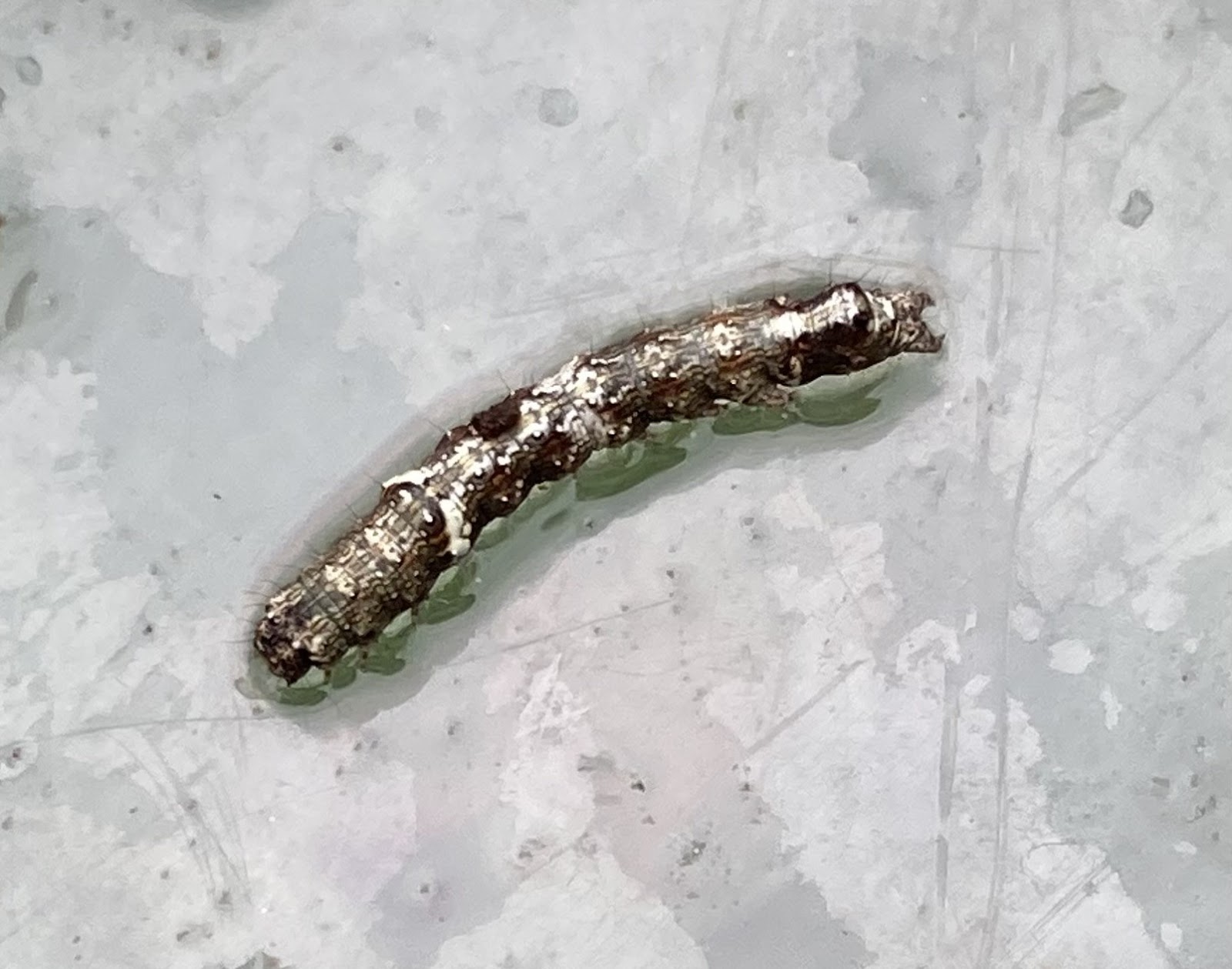










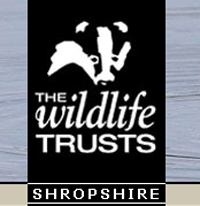

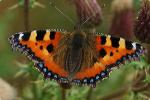




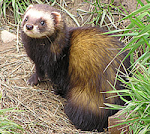

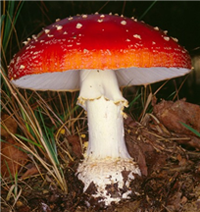





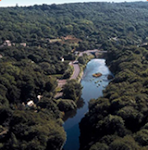






No comments:
Post a Comment
Please feel free to comment on this post...